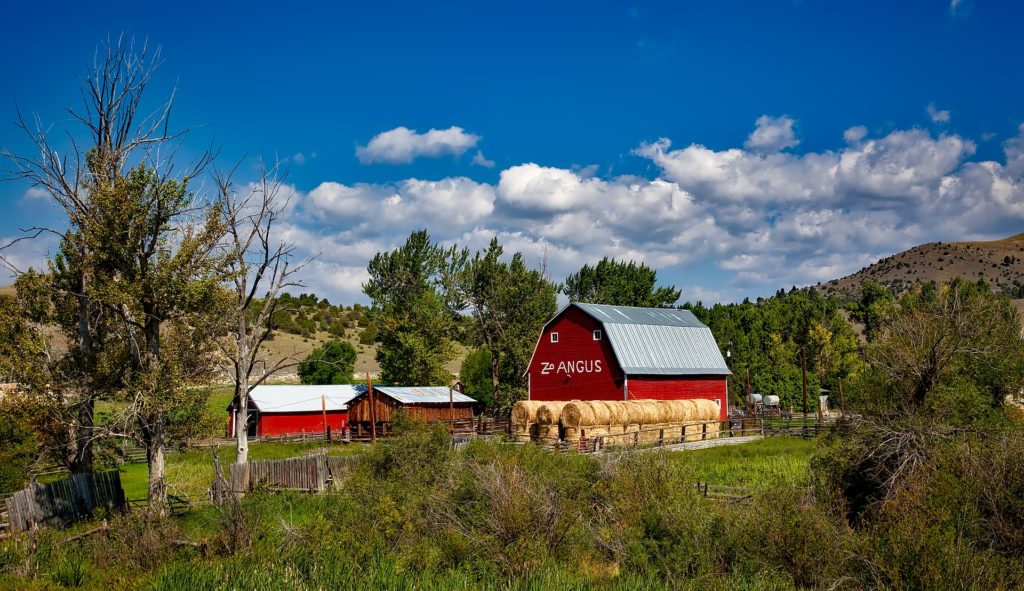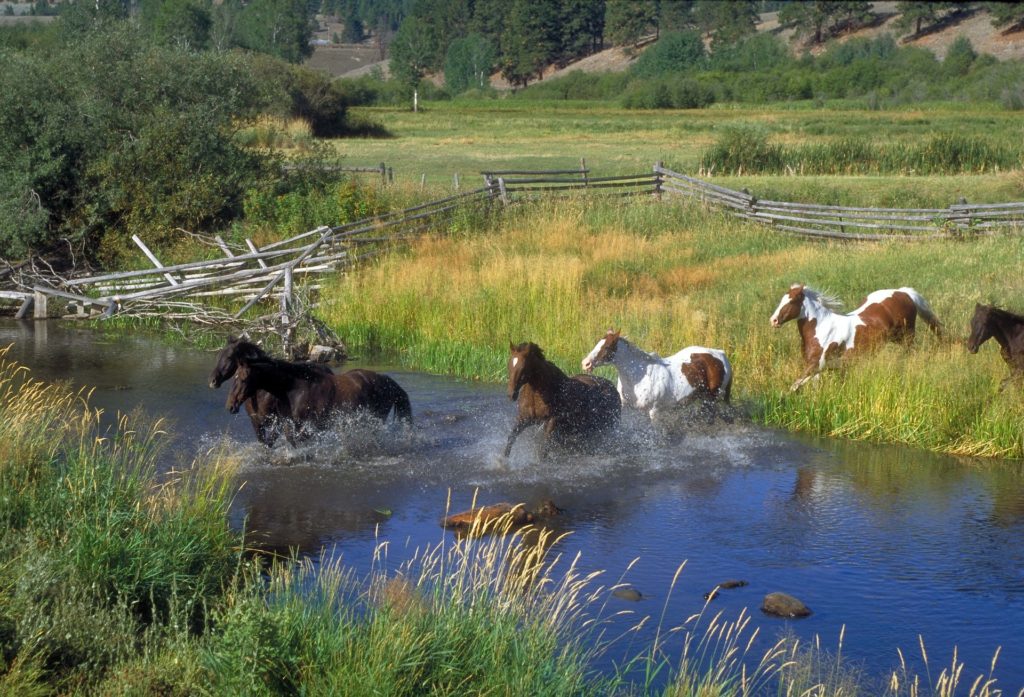How to start homesteading in Montana

Montana is Big Sky country where everything is just a bit bigger. It’s home to two national parks — Yellowstone and Glacier. Montana is where rivers and streams separate at Triple Divide Peak into three separate flows toward Hudson Bay, Atlantic Ocean or Pacific Ocean. Plus it has a very fertile environment that has resulted in a thriving agricultural economy. In fact, agriculture is the state’s largest industry.
Montana evokes images of the American west and cowboys rounding up horses and cattle. Beef is among the state’s top agricultural products. But there’s a lot more like the solid farmers market network, vast tracts of open grazing land and a climate that supports a variety of crops.
If this sounds like the kind of place for your farm or homestead, here what you need to know about how to start homesteading in Montana.
Buying farmland in Montana
According to the Montana Department of Agriculture, Montana had almost 60 million acres of farmland and 28,000 farms in 2017. Individual farms are cover a lot of territory and the average size of a farm or homestead in Montana is 2134 acres. The state is the country’s number one producer of wheat, but farmers there also grow a variety of other grains, legumes and fiber crops.
In 2017, the average price for farm real estate in Montana was $920 an acre, including land and buildings. The average cost per acre for cropland was $1,020 and $660 for pasture.
Growing crops in Montana
The average annual growing season in Montana is 116 days. The state is in the USDA plant hardiness zones 3, 4, 5 and 6. Plants including sweet corn, cabbage, beans, peppers, cucumbers, beets, carrots, tomatoes, pumpkins, squash, radishes, sweet cherries and potatoes do very well in Montana. The state is the top producer of the country’s dry peas, lentils, flax and certified organic wheat. Montana is second nationwide for producing honey and honey bees.
Raising animals in Montana

Montana is one of only three states that is an open range state. This means vast areas of Montana land are open to livestock grazing regardless of land ownership. In an open range state, it’s up to any landowners who do not want livestock on their propriety to put up fencing to keep the animals out. This is the opposite of the majority of states in which it’s the responsibility of the livestock owners to keep their animals enclosed on their own property.
Montana also has 27 grazing districts operated through the Montana Department of Natural Resources and Conservation. These are open to livestock, but you must first obtain a grazing permit before turning out livestock out to graze in one of these districts.
Multiple state and federal agencies work together with Montana ranchers to identify and implement sustainable grazing management practices.
How to start selling food in Montana
Montana operates under a “Cottage Food Laws” system. Cottage foods are food items including dry baked goods including cookies, bars, cakes, pastries, breads, pies that do not require refrigeration, granola, cereal, trail mix, dried fruits, dried herbs, teas, coffee, dry soup mix, jams, jellies, honey, candies and chocolates. As a cottage food operator, you are not required to have a food license and are not subject to inspection unless there is a complaint. However, you are required to register your products with the Montana Department of Health and Human Services Division of Food and Consumer Safety.
Montana organizations for farmers
- Montana State University
- Montana Grain Growers Association
- Montana Organic Association
- Montana Farm Bureau
- Montana Farmers Markets Directory
- Montana Cattlemen’s Association
How difficult is it to start farming in Montana?
There are a lot of wide, open spaces on which to raise crops or livestock on a homestead in Montana. Close to 80 percent of Montana’s farms and ranches are family-owned and the state’s economy revolves around agriculture. The state’s climate and growing season mean you can establish a diversified farm and with 71 active farmers markets around the state, your opportunities to sell your products. Land is also relatively inexpensive, but give the average size of farms in Montana, it may be a challenge to find smaller parcels of farm real estate for sale.
But if you can find the farm or homestead that is just your size, and If the idea of farming under a big sky or running livestock over an open range appeals to you, Montana may well be the place to start homesteading.
